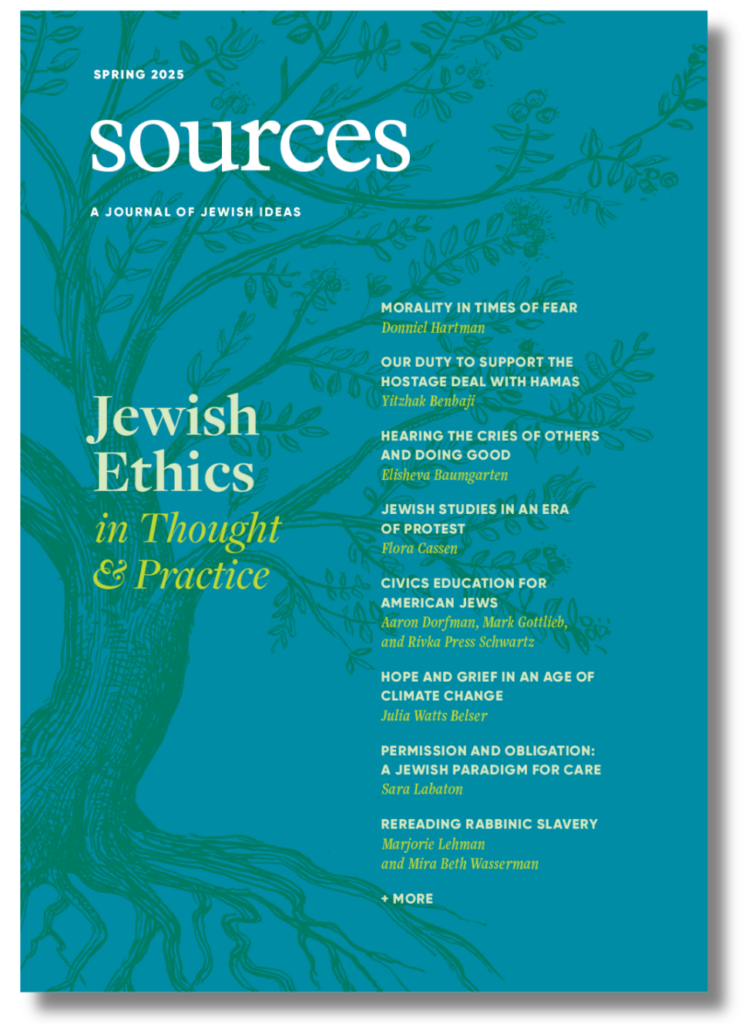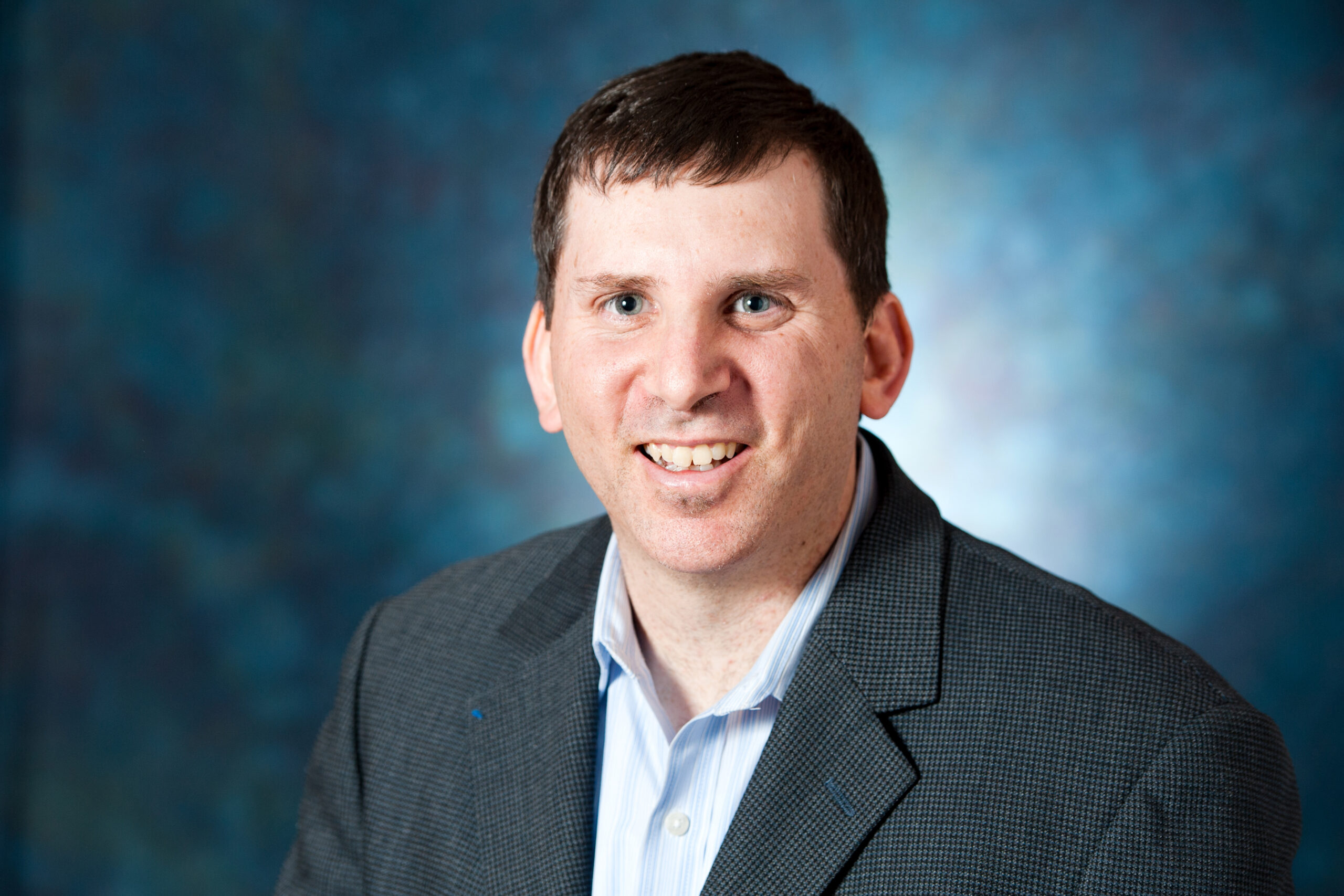There’s no record of ancient sages or classical Jewish sources condemning the immoral practice of slavery.
More than that, characters like Tavi—the pious, learned and upstanding slave of the ancient sage Rabban Gamliel—are ubiquitous in ancient rabbinic literature. Yet the texts share little of their circumstances and often utilize enslaved persons to make points about Jewish law or practice. For instance, in the Talmudic tractate on Sukkot, Tavi’s name is invoked over a dispute about how to fulfill the obligation of dwelling a sukkah during the festival. How did Tavi feel? It’s left to the imagination.
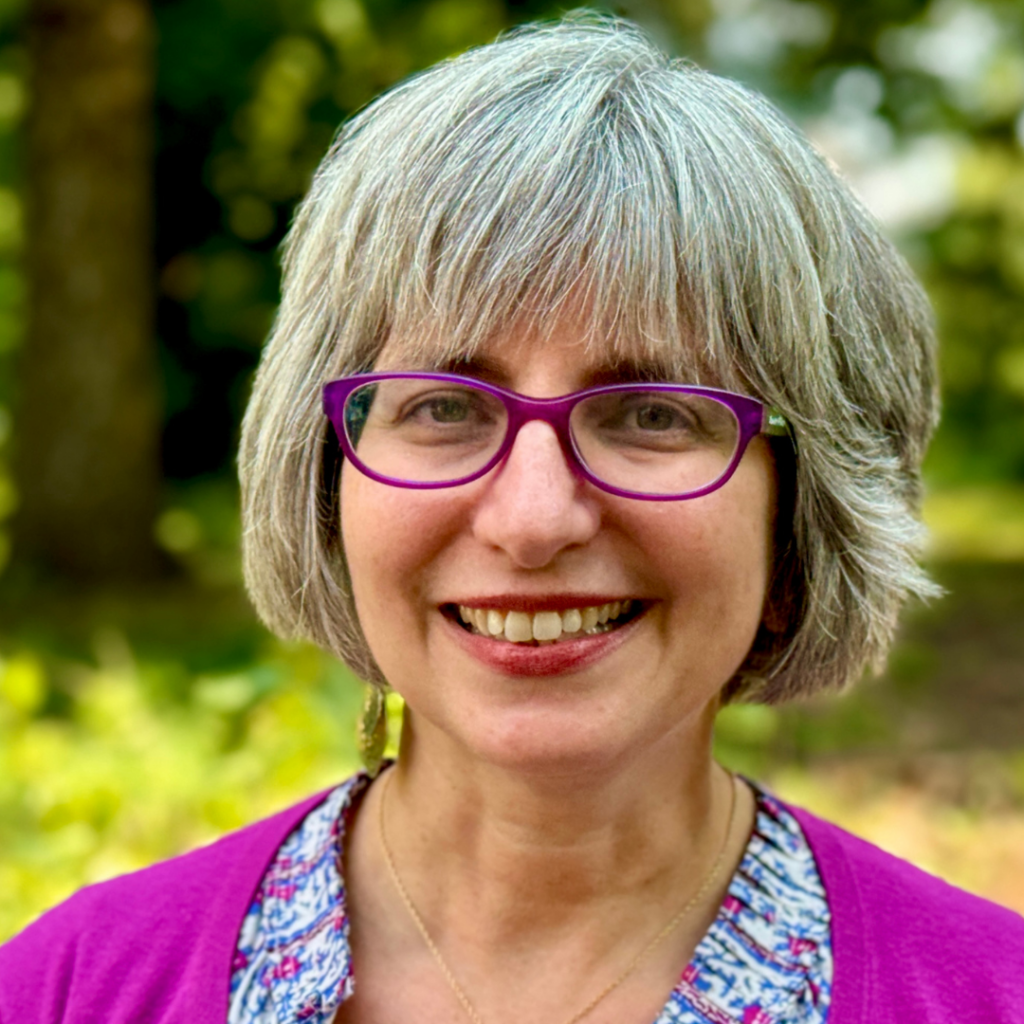
Throughout her career as a scholar and teacher, Rabbi Mira Wasserman, Ph.D.—the Reconstructionist Rabbinical College’s interim vice president for academic affairs and director of the Center for Jewish Ethics—has unpacked the historical context of ancient rabbinic sources while asking contemporary moral and ethical questions.
Yet it wasn’t until after the murder of George Floyd in May 2020 that the enslaved figures of rabbinic literature suddenly cried out to her from the page, as if demanding to be seen and heard. And the failure of Jewish tradition to condemn slavery, as it was practiced in the ancient world, felt like a deafening silence.
“I realized how I had been trained—how so many Jewish readers had been trained—not to see the slaves. We had marginalized them. Made them invisible,” said Wasserman in a recent interview. “We had focused on women. We had focused on God. We had focused on many other important questions,” added Wasserman. “But slavery was everywhere in the text. And I felt an ethical compulsion to pay attention.”
Wasserman’s response speaks to her qualities as a scholar and teacher, and epitomizes RRC’s approach to Jewish texts: Don’t ignore the most difficult parts. Learn and confront them.
She has partnered with another scholar, Marjorie Lehman, Ph.D., of the Jewish Theological Seminary, to engage in deep study and ask questions about who these slaves were, why they often participate in Jewish rituals and what to make of the fact that revered sages were also slave owners.
Based on that hevruta (study partnership) Wasserman pioneered a new RRC course focusing on slavery in midrashic literature. Lehman introduced a similar JTS course on the Talmud. In March, Wasserman and Lehman jointly published an article, “Unshackling Our Interpretive Practices: Rereading Rabbinic Slavery” in Sources: A Journal of Jewish Ideas, put out by the Shalom Hartman Institute, the highly regarded research and educational center.
The piece was also a clarion call for the Jewish world to more fully reckon with enslaved persons in the Torah and rabbinic literature.
“What should we do when the very sources that are the foundations for Jewish ethics offend our moral judgment?” asked Wasserman and Lehman, who aim to publish more on the subject.
In many ways, Wasserman’s fall 2024 class focusing on slavery in midrashic literature resembled a typical RRC text class in that it primarily focused on teaching future rabbis how to decode the material for themselves and later be able to teach it.
“We give students the skills they need so they can open a page of Talmud, know how to analyze the text, know what questions to ask and know how to find answers to those questions,” said Wasserman. “We ask, ‘What did the text mean to the people who created it and to its earlier readers? And what does it mean to us? How do we make meaning with it from our own contemporary context?’ ”
Unlike most text classes, this focused on a specific theme. Also, there was an additional historical element, comparing and contrasting slavery in the ancient world to the brutal, dehumanizing institution within the American context, explained Wasserman.
“What do we do when the very sources we look to for ethical guidance and wisdom and meaning can be so morally problematic, so disappointing, so offensive to our own ethics?” she posed. “We don’t want to do with it what earlier readers did with it.”
Rabbinic commentators tended to make the distinction that enslaved people in the sources weren’t Jewish, as if that justified their enslavement.
“We tell the truth about them, and then we can begin grappling,” said Wasserman. “As long as we apologize or turn away from the problems in the text, we don’t even get to the place.”

Students said they built valuable rabbinic skills while engaging in bold, important ethical inquiry. (Midrashic literature is a genre that interprets and elaborates biblical texts and can apply to ancient, medieval and contemporary writings.)
Rabbi Alex Malanych, RRC ’25, assistant director of religious and spiritual life at Lafayette College in Easton, Pa., said the class helped prepare him to teach difficult texts to college students.
“RRC doesn’t shy away from difficult conversations,” he said. “Mira is a wonderful example of someone who’s really honest about their own journey through the material. She spoke about the questions that remain for her, which I think is just a profoundly honest way to talk about the learning process.”
Rabbi Lesley Pearl, RRC ’25, said that nearly every class she had at RRC taught her how to read, confront and teach difficult texts, though she found this one particularly pertinent.
“The truth is that our texts are really difficult. To expect these texts to meet our contemporary sensibilities and concerns is setting us up for failure,” said Pearl. “This really brings me to why RRC was the right school for me. We’re taught that before we can think about today, we have to think about the past. We have to think about where we came from—the historical and cultural context of any given moment in time. Only with that in mind can we rightly ask how we might understand it today or how we might begin to reconstruct it.”

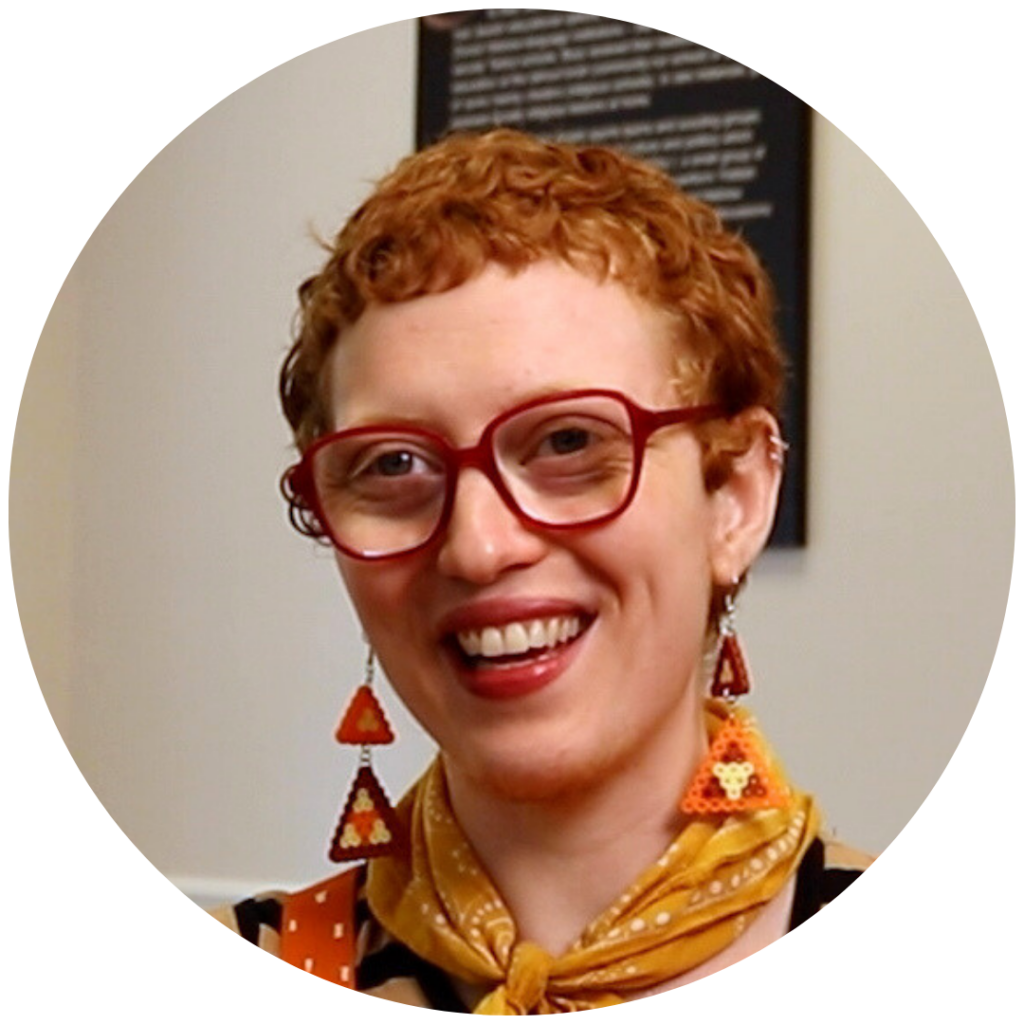
RRC student Leah Miller took Wasserman’s course immediately following a summer intensive examining RRC institutional history, stemming from the organization’s passage of a resolution calling for reparations. That class, which students took alongside lay Reconstructionist leaders, was part of a larger project that forthrightly examined the Reconstructionist Rabbinical College’s 1982 move from North Philadelphia to a nearby suburb.
In it, Miller thought about the ways it was and wasn’t productive to compare slavery as depicted in Jewish texts to American chattel slavery.
“How useful is it to be able to use our deeply rooted texts in order to learn about, engage with and not ignore the painful and the messy aspects of our tradition and of the world we live in?” asked Miller. “I’m choosing to, to link to this old thing that is that has pain in it. As a liberal rabbi, I need to, if not defend it, say something about my relationship to it.”
Wasserman is gratified with the kinds of questions her students are asking. In the future, she plans to teach the course or a similar one on different texts, and students’ questions and feedback will help her refine her approach.
“RRC doesn’t shy away from difficult conversations,” she said. “At the most basic level, having difficult conversations is part of spiritual growth.”

